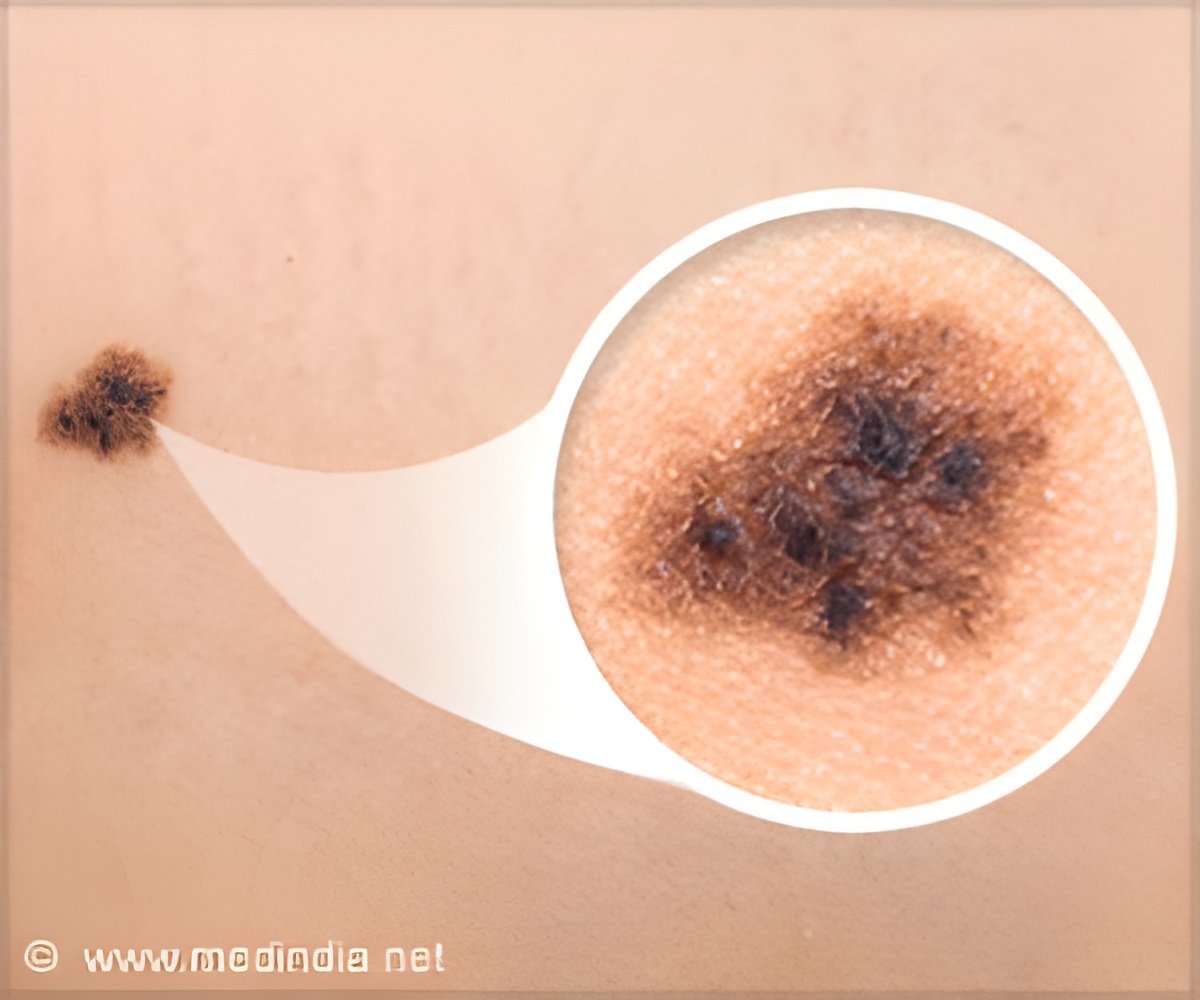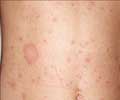
‘Congenital giant nevi, which are often treated with disfiguring surgeries, carry an increased risk of skin cancer.’
Tweet it Now
“The goals of our study were to develop a series of animal models designed to elucidate key biological features of these lesions, and to test nonsurgical drug treatments to skin, aiming to cause the nevus cells to recede, thereby removing the need for surgical treatments,” says senior author David E. Fisher, MD, PhD, director of the MGH Cancer Center’s Melanoma Program and director of MGH’s Cutaneous Biology Research Center. The models included mice engineered to express a gene called NRAS that contains a mutation known to cause most congenital giant nevi in humans, as well as mice with transplanted skin grafts containing human congenital giant nevi. Fisher and his colleagues used these models to analyze different phases of these nevi to better understand how they form and develop.
Drugs Help Treat Birthmarks
Also, when the scientists used the models to test topical applications of single or combination drugs that block signaling pathways known to be activated by NRAS mutations, they found that some of the treatments led to significant nevus regressions. In addition, a drug that stimulates a type of inflammatory reaction after topical application to the skin caused the nevi to fully regress after three treatments. The therapy also offered complete prevention against the formation of skin cancers in mice.“These findings will hopefully set the stage for additional refinements aimed to directly test such skin treatments on patients with congenital giant nevi,” says Fisher. “This work will include additional studies of safety, potential further enhancements of efficacy, and more analysis of underlying mechanisms. The overall goals are to prevent melanoma in these patients and also to avoid the disfigurement challenges from these lesions.”
Source-Eurekalert















